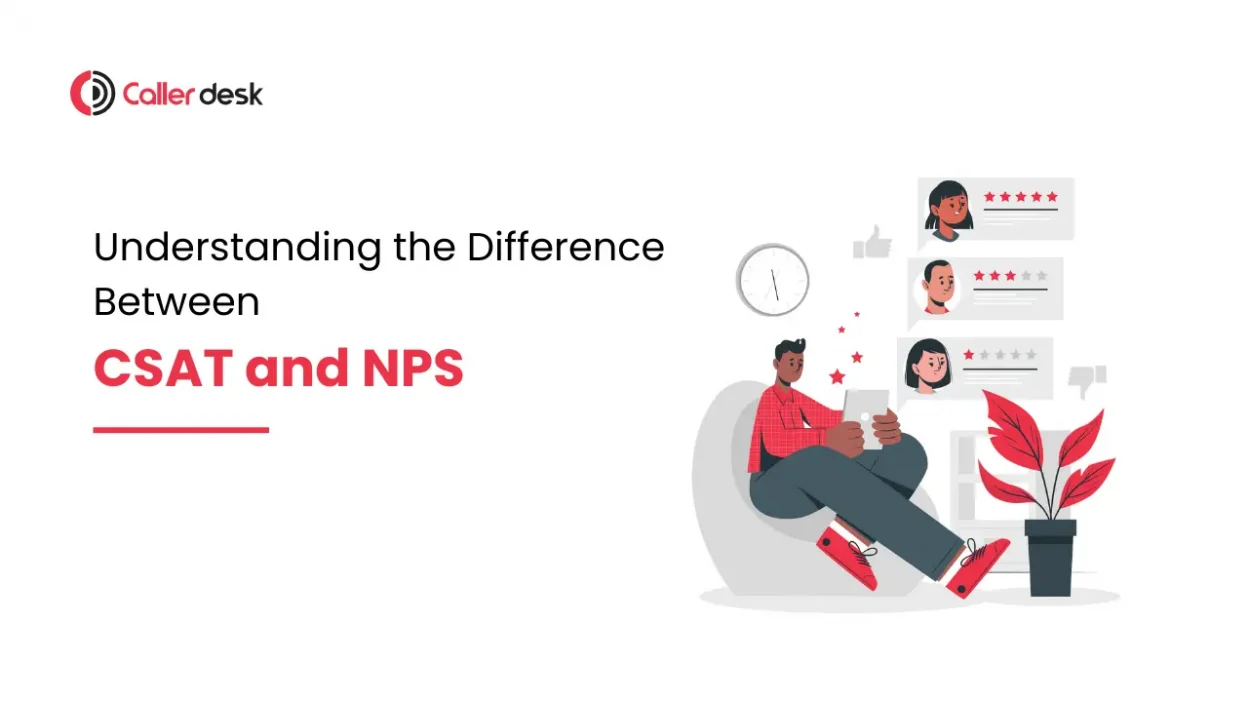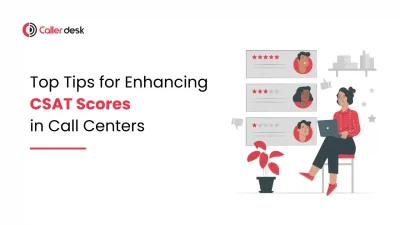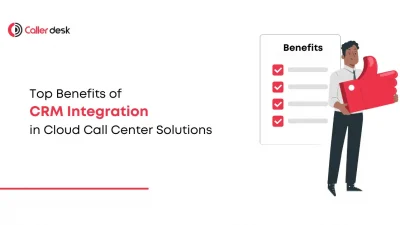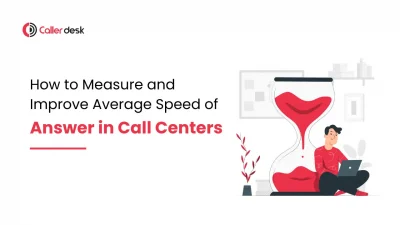Knowing how satisfied and loyal your customers are is essential for any business that wants to succeed. But how can you measure customer happiness and see if they’re likely to recommend your brand? That’s where two popular metrics come in: Customer Satisfaction Score (CSAT) and Net Promoter Score (NPS). While they both help businesses understand their customers, they focus on different things and provide unique insights.
Let’s break down what CSAT and NPS mean, how they work, and how you can use them to improve your business.
What is CSAT?
CSAT stands for Customer Satisfaction Score. It’s a simple way to find out how happy customers are with a specific interaction, product, or service. CSAT surveys usually ask customers to rate their satisfaction on a scale from 1 to 5 or 1 to 10, with higher scores meaning more satisfaction. The average of these ratings gives the overall satisfaction score.
Key Features of CSAT:
- Short-Term Focus: CSAT measures how customers feel about something specific at a particular moment.
- Immediate Feedback: CSAT surveys give quick insights, helping businesses fix issues right away.
- Simplicity: CSAT surveys are easy to understand and quick to complete, encouraging more customers to respond.
What is NPS?
NPS stands for Net Promoter Score. It measures customer loyalty and how likely customers are to recommend a business to others. It asks customers to rate, on a scale of 0 to 10, how likely they are to recommend the company to a friend or colleague. Based on their answers, customers are grouped into three categories: Promoters (9-10), Passives (7-8), and Detractors (0-6).
Key Characteristics of NPS:
- Long-Term Focus: NPS looks at overall customer loyalty and satisfaction over time.
- Predictive Power: High NPS scores often mean higher customer retention and more referrals.
- Customer Segmentation: By grouping customers into Promoters, Passives, and Detractors, businesses can tailor their strategies to improve customer loyalty.
Comparing CSAT and NPS
Both CSAT and NPS are useful, but they serve different purposes and give different insights. Here’s how they compare:
Why Use CSAT?
CSAT helps businesses quickly see where customers are happy or unhappy. For example, if CSAT scores drop after launching a new product, the company can investigate and fix any issues right away. This helps keep customers satisfied and improves their overall experience.
Why Use NPS?
NPS helps firms in seeing the overall picture of customer loyalty. High NPS scores mean strong customer loyalty, leading to repeat business and positive word-of-mouth. Low NPS scores show areas that need improvement to boost loyalty and satisfaction. NPS is great for long-term planning and growth.
- Focus and Timing
- CSAT: Measures satisfaction with specific interactions or products. It provides quick feedback to fix current issues and improve the customer experience right away.
- NPS: Measures overall consumer loyalty and willingness to recommend the brand. It offers a long-term view of customer satisfaction.
- Survey Structure
- CSAT: Involves direct questions about satisfaction with recent interactions. It’s usually a simple, quick survey.
- NPS: Uses a single question about the likelihood of recommending the business. This makes it easy to administer and analyze.
- Results and Interpretation
- CSAT: Results are shown as an average score, indicating general satisfaction levels. This helps to discover specific areas for improvement.
- NPS: Results are calculated by subtracting the percentage of Detractors from the percentage of Promoters, giving a net score. This demonstrates overall consumer loyalty and can be used to forecast future growth.
How to Use CSAT and NPS Effectively
Combine Both Metrics
To get a complete understanding of customer satisfaction and loyalty, use both CSAT and NPS together. Here’s how:
- Immediate Action: Use CSAT to address specific issues right away. For example, if a customer gives a low CSAT score after a support call, you can follow up quickly to resolve the issue.
- Strategic Planning: Use NPS to guide long-term strategies and understand overall customer loyalty. A high NPS score means strong customer advocacy, showing that your current strategies are working.
- Holistic View: Combining both metrics gives a detailed picture of customer satisfaction and loyalty. This helps in making informed decisions to improve customer experience and grow your business.
Best Practices for Using CSAT and NPS
- Keep Surveys Short and Simple: Make sure your surveys are easy to complete to get more responses.
- Act on Feedback: Use the insights from both metrics to make real improvements. Fix issues highlighted by CSAT and use NPS to enhance overall loyalty strategies.
- Communicate Changes: Inform customers how their feedback has informed your selections. This can boost consumer satisfaction and loyalty.
Actionable Tips for Implementing CSAT and NPS
- Crafting Effective Questions: For CSAT, ask direct questions like “How satisfied were you with your recent purchase?” For NPS, Ask the question, “How likely are you to recommend our company to a friend or colleague?”
- Choosing Survey Frequencies: Send CSAT surveys immediately after a customer interaction for timely feedback. For NPS, consider quarterly or bi-annual surveys to track overall loyalty trends.
- Analyzing Data: Regularly review survey results to spot trends and areas for improvement. Use data visualization tools to make the analysis easier and more insightful.
Conclusion
Understanding the difference between CSAT and NPS is important for any business aiming to improve customer experience. While CSAT offers immediate insights into specific interactions, NPS provides a broader view of customer loyalty. Using both metrics together helps create a more complete strategy to enhance customer satisfaction and drive growth.





